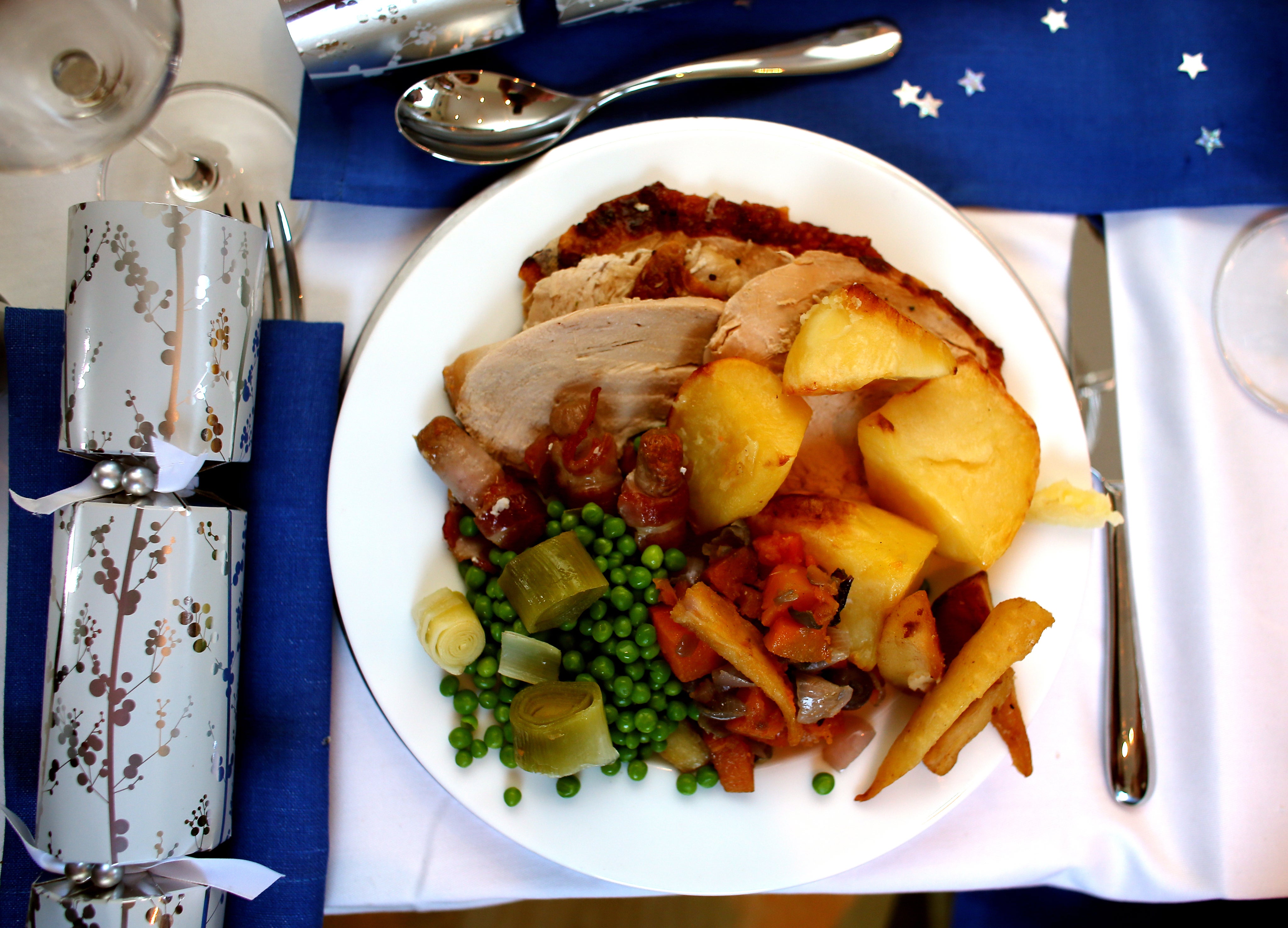Cost of Christmas dinner for four rises by 3.4% as inflation soars
Kantar said the average cost of a turkey meal for four has risen to £27.48.

Your support helps us to tell the story
From reproductive rights to climate change to Big Tech, The Independent is on the ground when the story is developing. Whether it's investigating the financials of Elon Musk's pro-Trump PAC or producing our latest documentary, 'The A Word', which shines a light on the American women fighting for reproductive rights, we know how important it is to parse out the facts from the messaging.
At such a critical moment in US history, we need reporters on the ground. Your donation allows us to keep sending journalists to speak to both sides of the story.
The Independent is trusted by Americans across the entire political spectrum. And unlike many other quality news outlets, we choose not to lock Americans out of our reporting and analysis with paywalls. We believe quality journalism should be available to everyone, paid for by those who can afford it.
Your support makes all the difference.The cost of a typical Christmas turkey dinner has risen by 3.4% as rocketing inflation pushes up food prices, according to new figures.
Kantar said the average cost of a Christmas meal for four, with a frozen turkey and all the trimmings, is now £27.48.
The figures show wider grocery inflation has leapt 3.2% year on year in the four weeks to November 28 – the highest rate since June last year.
But the data suggests Britons are not yet reining in their spending for the festive season, with sales of supermarket premium own-label ranges, such as Tesco Finest and Asda Extra Special, the fastest growing ranges in stores.
Kantar said overall supermarket sales dropped 3.8% to £29.6 billion over the 12 weeks to November 28 compared with a year earlier, when the second coronavirus lockdown restrictions boosted grocery trade.
Our excitement about Christmas this year has been slightly tempered as news of the Omicron Covid-19 variant has emerged
The average shop size has also shrunk by 8% versus last year as people have been able to return to offices and with restaurants and cafes open, the data revealed.
But grocery spending was still stronger than pre-pandemic levels, up 7% over the quarter compared with the same period in 2019.
Fraser McKevitt, head of retail and consumer insight at Kantar, said: “As we count down on our advent calendars to the big day, it’s clear that shoppers want to have some fun and make this Christmas extra special.
“Price inflation doesn’t seem to be denting their desire to treat themselves and loved ones.”
He added that consumer behaviour “hasn’t caught up” with rising food price inflation.
“Habits we’d expect to see shift, like swapping branded products for own label or seeking out promotions, haven’t altered just yet,” he said.
The report also showed online grocery sales falling, down 12.5% in the four weeks to November 28 against a year ago during the second lockdown.
But Mr McKevitt said this may start to rise once more amid fears over the new Omicron variant sweeping across the UK, which could see some shoppers switch back to online shopping and shun stores.
“Our excitement about Christmas this year has been slightly tempered as news of the Omicron Covid-19 variant has emerged,” he said.
All of the big chains saw grocery sales fall year-on-year in the latest data.
But Tesco is enjoying its biggest market share since February 2019 despite seeing sales fall 1.4%.
Its market share rose to 27.7% in the most recent quarter, against 27% a year ago.
Sainsbury’s saw its market share fall to 15.4% from 15.7% a year earlier as sales dropped 5.3%, while Asda’s share eased back to 14% from 14.1% after a 5% sales drop.
Morrisons suffered the biggest sales fall of the Big Four chains, down 7.1%, with a drop in market share to 10% from 10.3% a year ago.